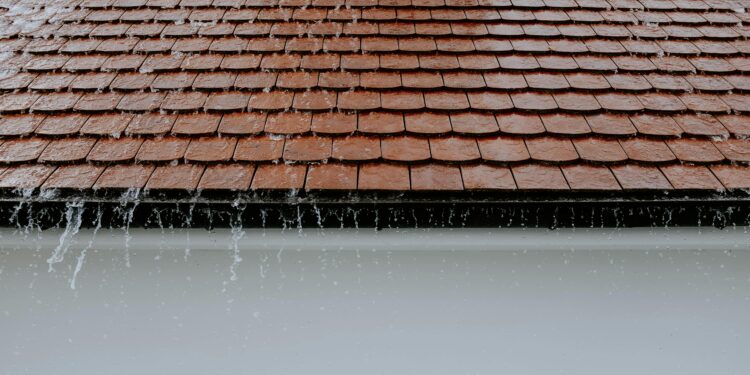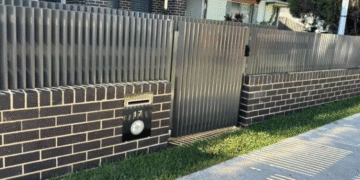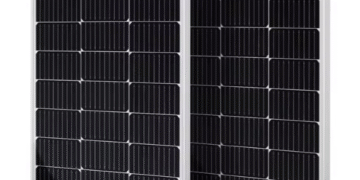Photo from Pexels
Roofing stands as one of the most crucial aspects of any building structure, providing essential protection from weather elements, enhancing energy efficiency, and defining the property’s overall aesthetic appeal. Recognizing warning signs early is vital to maintain the structural integrity and ensure the safety of both residential and commercial buildings.
Here are the top five signs your roof is failing.
1. Shingles Are Curling, Buckling, or Missing
The most evident indicator of roof deterioration is when shingles begin to curl, buckle, or detach from the surface. Shingles serve as the primary waterproof barrier and shield the underlying layers from harsh environmental elements like sunlight, precipitation, and strong winds. When shingles start curling or buckling, they create vulnerable spots where water can infiltrate, potentially leading to wood rot, mold growth, and structural weakening beneath the surface. If these conditions go unaddressed, they can rapidly compromise the entire roof system, rendering it ineffective in its primary function of protection.
2. Sagging or Uneven Roof Surface
A sagging or uneven roof surface represents a serious warning sign that demands immediate attention. This condition typically indicates underlying structural issues beyond cosmetic concerns, such as weakened rafters or damaged support beams. The accumulation of water, excessive weight from snow or debris, and prolonged exposure to moisture can weaken the foundational structure, causing noticeable dips or sags. An unchecked sagging roof risks complete collapse, posing severe dangers to building occupants and potentially causing extensive property damage. Even minor sagging indicates compromised load-bearing capacity, necessitating urgent professional assessment.
3. Excessive Granule Loss From Shingles
Protective granules serve as a vital shield for asphalt shingles, safeguarding them against harmful UV radiation while enhancing their longevity. However, these protective particles can deteriorate due to aging, severe weather conditions, or physical impact, compromising the shingles’ effectiveness. Significant granule loss often manifests as sand-like deposits accumulating in gutters or downspouts. When these protective granules diminish, the shingles become vulnerable, brittle, and susceptible to cracking, breaking, or allowing water penetration. Key indicators that your roof requires replacement include an unusual accumulation of granules in drainage systems or visible bare patches on shingles across the roof surface.
4. Daylight Visible Through the Roof Boards
The appearance of daylight penetrating through roof boards represents one of the most critical indicators of roof failure and requires immediate attention. Any light penetration through the roofing surface indicates the presence of holes, gaps, or significant deterioration in roofing materials. Since light can pass through these openings, so can water, wind, and pests, compromising the building’s security and comfort. This issue typically worsens over time as water infiltration weakens the surrounding wooden structures, potentially leading to rot and further structural deterioration. Early detection of this warning sign enables homeowners to avoid extensive and costly repairs, particularly before severe weather events occur.
5. Water Stains and Leaks Inside the Building
Another unmistakable warning sign of roof problems is the appearance of water stains or visible leaks within the building’s interior. These indicators typically manifest as dark, discolored patches on walls or ceilings, often accompanied by a distinctive musty odor. When such signs appear, you could consider services for roof replacement in Austin, or wherever you reside, from a reputable contractor to restore safety and peace of mind. These signs suggest that water has already breached the roofing structure and is causing damage to the interior. Persistent leaks can deteriorate drywall, flooring, and insulation, resulting in costly repairs and potential health risks from mold proliferation.
Conclusion
It is important to know the signs that indicate your roof being in poor condition. Knowing these signs enables you to be proactive and decide how to best go about getting your roof back in good shape.













